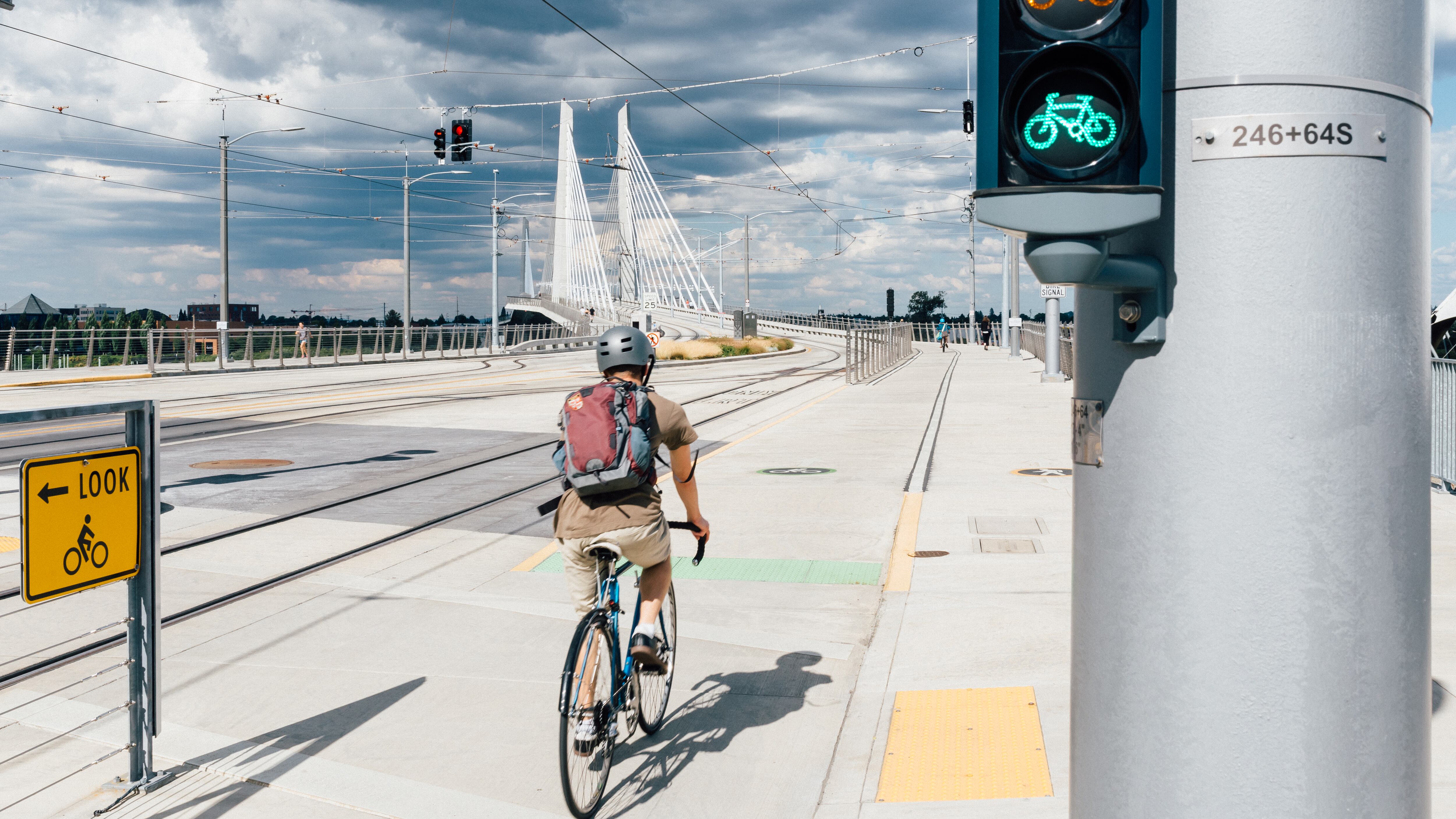The Oregon Driver Manual states, "Bicycles are considered vehicles with the same rights, duties and responsibilities as vehicle drivers." Since they share the roads with automobiles, when will they be required to also share the costs? —One Foot Off the Curb
Your question, Foot, is a great example of why I don't allow readers to sign their full names—if you'd attached enough identifying details, I don't doubt an irate cycling community would pelt you with Nalgene bottles every time you tried to leave the house.
Even I, a lazy fat guy with some automotive-revanchist sympathies, find your premise a bit tone deaf. Which is why it's a bit shocking that enough Oregon legislators agreed with it that, for the past two years, there has been a $15 tax levied on the sale of new bicycles. So there—the answer to your question is "2018."
But more importantly, your bicycle-related question affords me a flimsy pretext to tell you about the Great Ladies' Bicycle Bust of 1900, which I've been waiting in vain for someone to ask me about for three years.
Early bicycles—as in, prior to the 1880s—were of the well-known penny-farthing type, with the enormous front wheel, that you now see only in connection with the kind of guy who waxes his mustache and addresses people as "sirrah."
To the modern eye, this bike looks like a complete death trap, because it is. However, the 1880s saw the introduction of the chain-driven "safety bicycle," which we now know as the "bicycle."
It's been widely documented that this new, relatively survivable bike was a godsend to women, affording them the first practical way to travel outside the home without the assistance of a man.
By the 1890s, bikes were having a heyday in Portland. Fred T. Merrill, a bicycle trick rider-turned-dealer, later told The Oregonian he'd sold almost 9,000 of just one model in 1898.
Unfortunately, according to Merrill, the madams of Portland's north-end brothels hit upon the idea around 1900 of outfitting their ladies with bikes, to cover more territory. Soon the image of a woman on a bike came to be associated with prostitution, and most "society girls" abandoned their wheels, sighing bitterly.

